معلومات أساسية
 الفلبين
الفلبين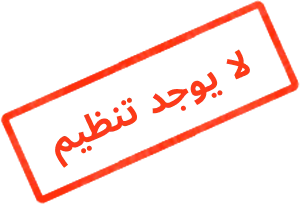
تقييم
 الفلبين
|
5-10 سنوات
|
الفلبين
|
5-10 سنوات
| https://www.pnb.com.ph/
موقع الويب
مؤشر التقييم
التأثير
A
مؤشر التأثير NO.1
 الفلبين 8.02
الفلبين 8.02 الرخصة
الرخصة معلومات تنظيمية غير صالحة ، كن حريصاً من المخاطر
 الفلبين
الفلبين pnb.com.ph
pnb.com.ph الولايات المتحدة
الولايات المتحدة



| PNB ملخص المراجعة | |
| تأسست | 1916 |
| البلد/المنطقة المسجلة | الفلبين |
| التنظيم | لا يوجد تنظيم |
| المنتجات والخدمات | الخدمات المصرفية للشركات والتجزئة، القروض والرهون العقارية، التحويلات المالية، التأمين، الاستثمارات، وساطة الأوراق المالية، الخدمات المصرفية عبر الهاتف المحمول والإنترنت |
| حساب تجريبي | / |
| الرافعة المالية | / |
| الفارق | / |
| منصة التداول | PNB تطبيق ديجيتال |
| الحد الأدنى للإيداع | 3,000 بيزو فلبيني (لحساب التوفير الأساسي) |
| دعم العملاء | الخط الأرضي: (+632) 8526 3131 |
| خط ساخن للبنك: (+632) 8573-8888 | |
| البريد الإلكتروني: customercare@pnb.com.ph | |
| وسائل التواصل الاجتماعي: فيسبوك، إكس، إنستغرام، يوتيوب، لينكدإن | |
Philippine National Bank (PNB) هو واحد من أقدم وأكبر البنوك التجارية الخاصة في الفلبين، تأسس في عام 1916. حاليًا، لا يتم تنظيمه من قبل أي سلطات مالية، سواء في الولايات المتحدة أو خارجها، ولكنه يقدم مجموعة كاملة من الخدمات المالية التقليدية والرقمية للعملاء في الولايات المتحدة وخارجها من خلال شبكته الكبيرة من الفروع وأجهزة الصراف الآلي.
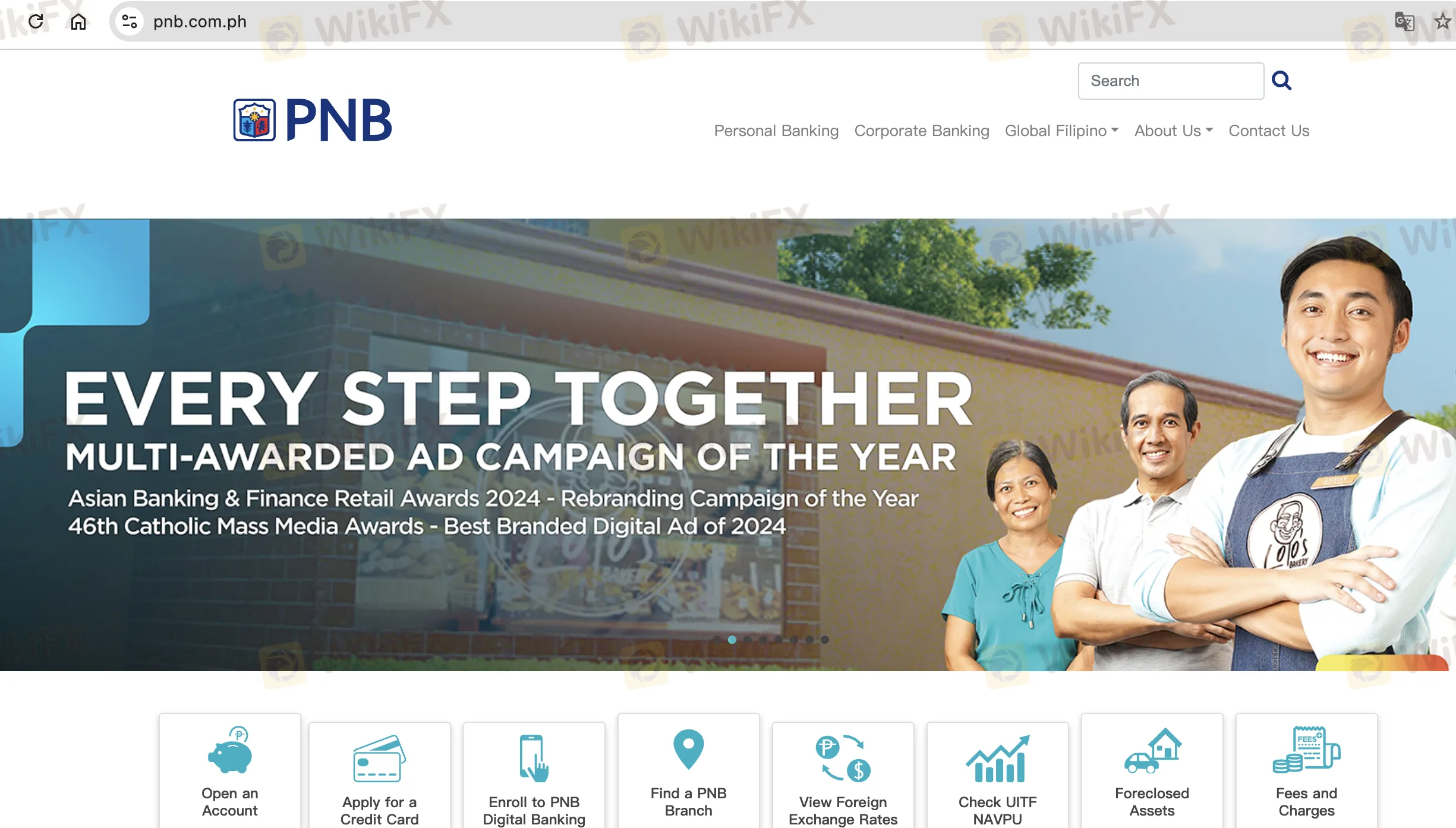
| الإيجابيات | السلبيات |
| تاريخ بنكي طويل منذ عام 1916 | غير مُنظم |
| شبكة فروع محلية ودولية واسعة الانتشار | هيكل رسوم معقد |
| يقدم مجموعة واسعة من الخدمات المصرفية | |
| قنوات اتصال متنوعة |
PNB غير مُنظم من قبل أي مؤسسة مالية في الفلبين، بما في ذلك هيئة الأوراق المالية والبورصة (SEC) والبنك المركزي الفلبيني (BSP). علاوة على ذلك، لا يتم مراقبته من قبل أي جهات تنظيم مالية معترف بها دوليًا، مثل FCA (المملكة المتحدة)، ASIC (أستراليا)، أو CySEC (قبرص).
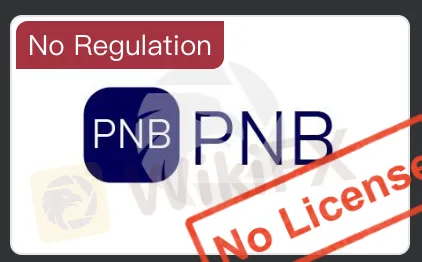
PNB يوفر مجموعة واسعة من الخدمات المالية التقليدية والمبتكرة، بما في ذلك الخدمات المصرفية للأفراد والشركات، وخدمات التحويل السريع، وإدارة الأصول، والإقراض، والتأمين، وخيارات الاستثمار. لديه شبكة فروع داخلية وخارجية واحدة من أكبر البنوك الفلبينية، تخدم عملاء فلبينيين محليين وعالميين.
| المنتجات / الخدمات | مدعوم |
| الخدمات المصرفية للأفراد والشركات | ✔ |
| القروض والرهون العقارية (مثل OPHL) | ✔ |
| خدمات التحويل السريع | ✔ |
| التأمين (الحياة وغير الحياة) | ✔ |
| خدمات الاستثمار والأمانات | ✔ |
| سمسارية الأسهم | ✔ |
| الخدمات المصرفية عبر الهاتف المحمول والإنترنت | ✔ |
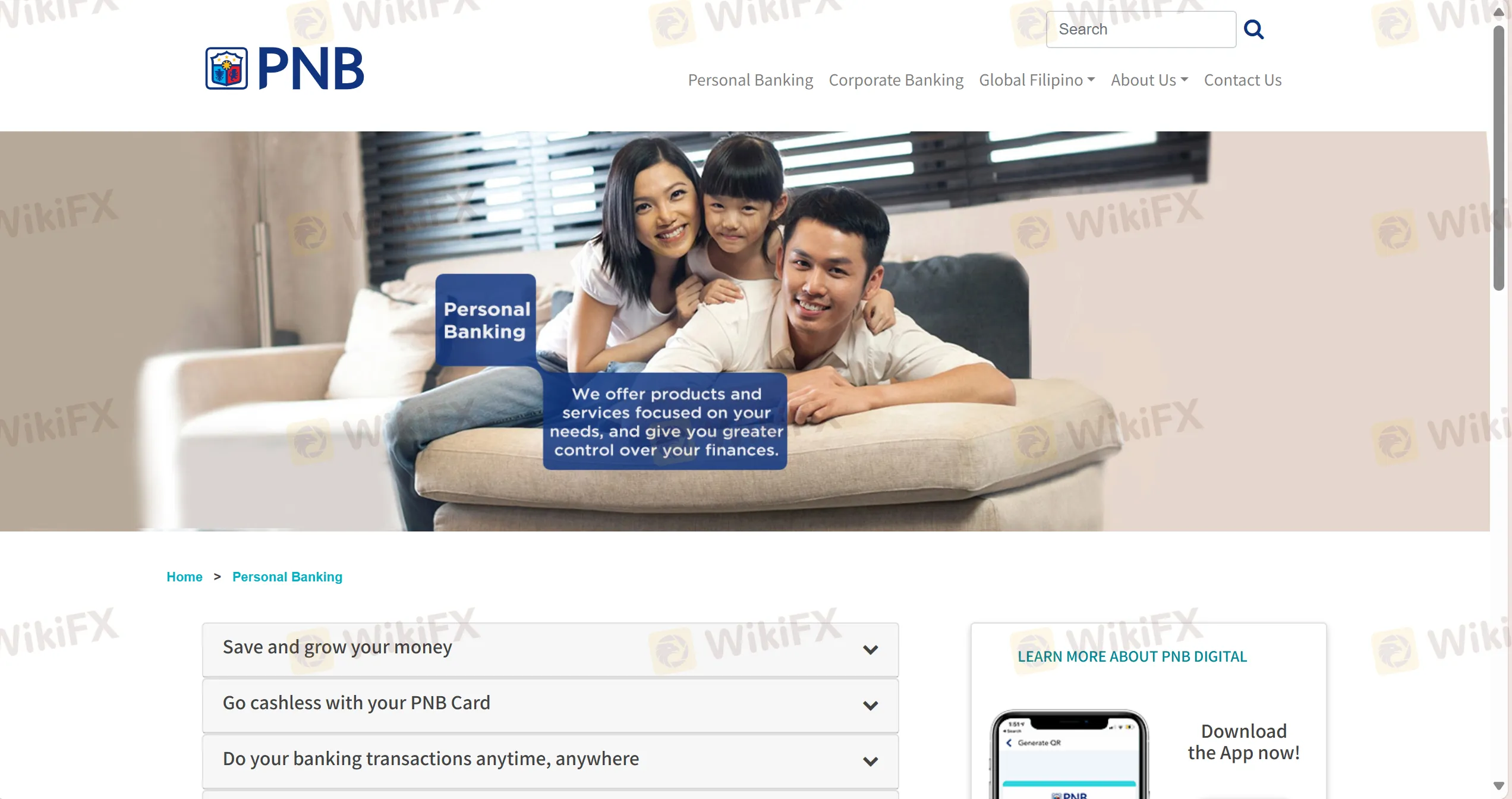
| نوع الحساب | الغرض / الميزات | مناسب لـ |
| حساب التوفير | حساب إيداع أساسي؛ يبدأ الإيداع الأولي من 3,000 PHP | المدخرين اليوميين |
| حساب الجاري | يأتي مع دفتر شيكات؛ لسهولة الدفع والوصول إلى الأموال | الأفراد / الشركات التي تحتاج إلى مرونة في الدفع |
| وديعة زمنية | ادخار لأجل محدد مع فائدة | أولئك الذين يسعون لنمو الادخار الآمن |
| عملات أجنبية | لحفظ العملات الأجنبية بشكل آمن | الأفراد الذين لديهم احتياجات فوركس أو معاملات خارجية |
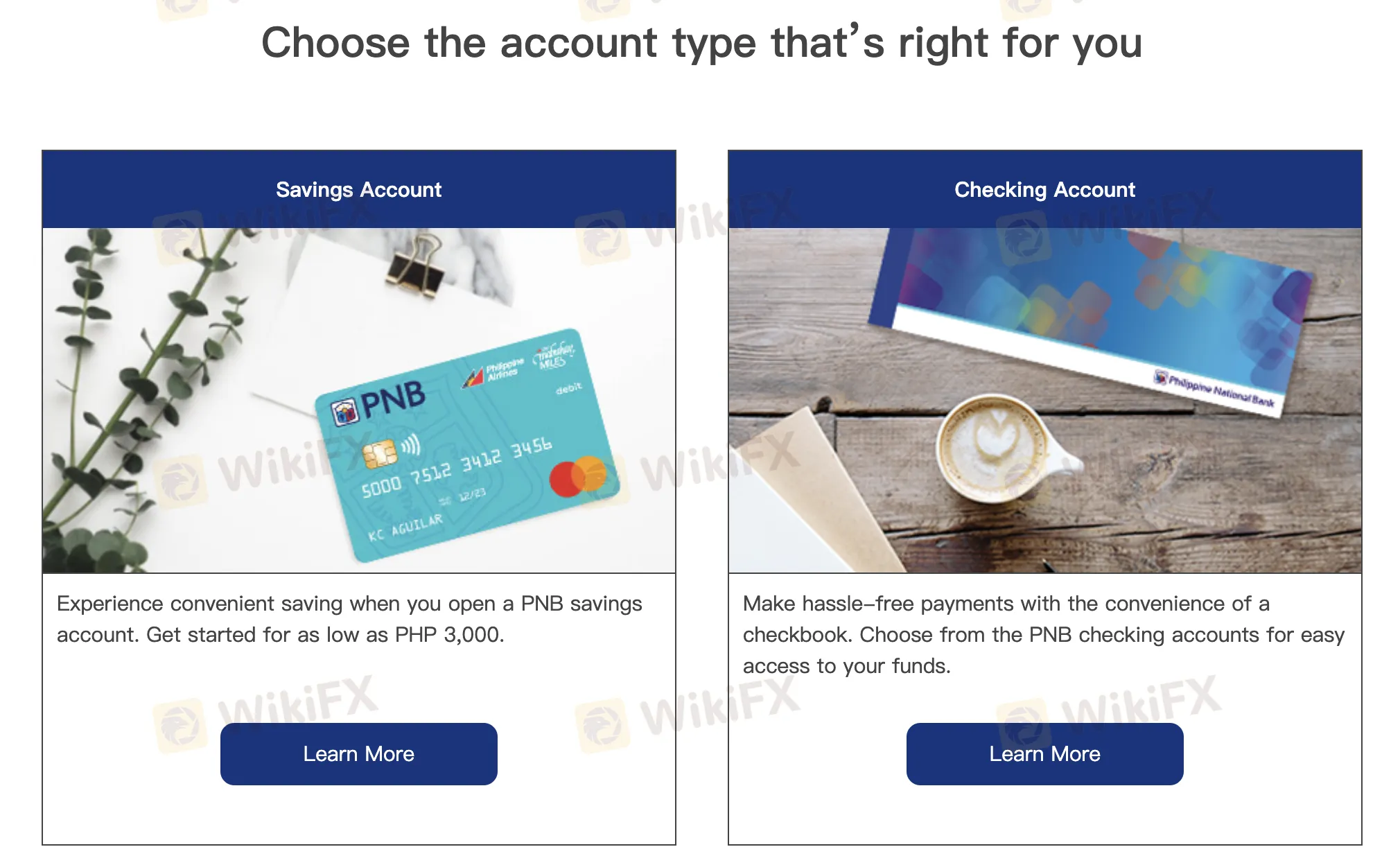
بالمقارنة مع البنوك الأخرى، تفرض PNB رسومًا معتدلة إلى مرتفعة، وخاصة على المعاملات بين الفروع ومع الأشخاص من بلدان أخرى. ضمن شبكتها، تكون بعض الخدمات مجانية، مثل التحقق من رصيدك واستخدام أجهزة الصراف الآلي. ومع ذلك، تختلف الرسوم في العديد من الخدمات الأخرى، وخاصة تلك التي تشمل فروعًا في مناطق مختلفة، أو على جزر أخرى، أو بعملات مختلفة.
| فئة الرسوم | الوصف | الرسوم |
| إيداع نقدي بين الفروع | نفس المنطقة: مجانيالمنطقة المختلفة: ₱50/₱100K أو أكثر | ₱50 الحد الأدنى، ₱50 لكل ₱100K |
| إيداع شيك بين الفروع | عادي ↔ فرع الجزيرة | ₱100 |
| إيداع نقدي/شيك بالدولار الأمريكي | جميع الفروع | ₱100 |
| سحب بين الفروع (بالبيزو الفلبيني) | عادي ↔ فرع الجزيرة | ₱200 |
| سحب/صرف بالدولار الأمريكي | جميع الفروع | ₱200 |
| صراف آلي (محلي) | صراف آلي PNB: مجانيالبنوك الأخرى: ₱15 للسحب، ₱2 للاستعلام عن الرصيد | ₱2–₱15 |
| صراف آلي (دولي) | سحب: ₱150–₱250استعلام عن الرصيد: ₱75 | ₱75–₱250 |
| تحويلات رقمية (تجزئة) | InstaPay / PESONet | ₱20 لكل عملية |
| تحويل رقمي من PNB إلى PNB | الثلاثة الأولى في الأسبوع مجانية؛ الباقي ₱10 لكل واحد | ₱0–₱10 |
| خدمات خارج الصراف | إيصال سحب: ₱50إعادة طلب دفتر شيكات: ₱250–₱500شهادة بنكية: ₱200 | تتفاوت |
| تحويلات الدولار الأمريكي الواردة | رسوم الخدمة + DST | $5–$8 |
| رسوم الخمول | بعد 5 سنوات من الخمول | ₱30 / $0.50 (حسابات محددة) |
| إغلاق مبكر (≤30 يومًا) | حسابات بالبيزو الفلبيني: ₱500حسابات بالدولار الأمريكي: $10 | ₱500 / $10+ |
| عقوبة على عدم الحفاظ على الرصيد | بيزو: ₱350–₱500دولار أمريكي: $10–$20تتفاوت العملات الأخرى | ₱350+ / $10+ |
| رسوم أخرى | طلبات كشوف الحسابات، التحويلات النقدية، الحوالات الدولية، استئجار صندوق السلامة، إلخ. | تتفاوت حسب الخدمة |
| منصة التداول | مدعومة | الأجهزة المتاحة | مناسبة لـ |
| تطبيق PNB الرقمي | ✔ | أندرويد، iOS | / |
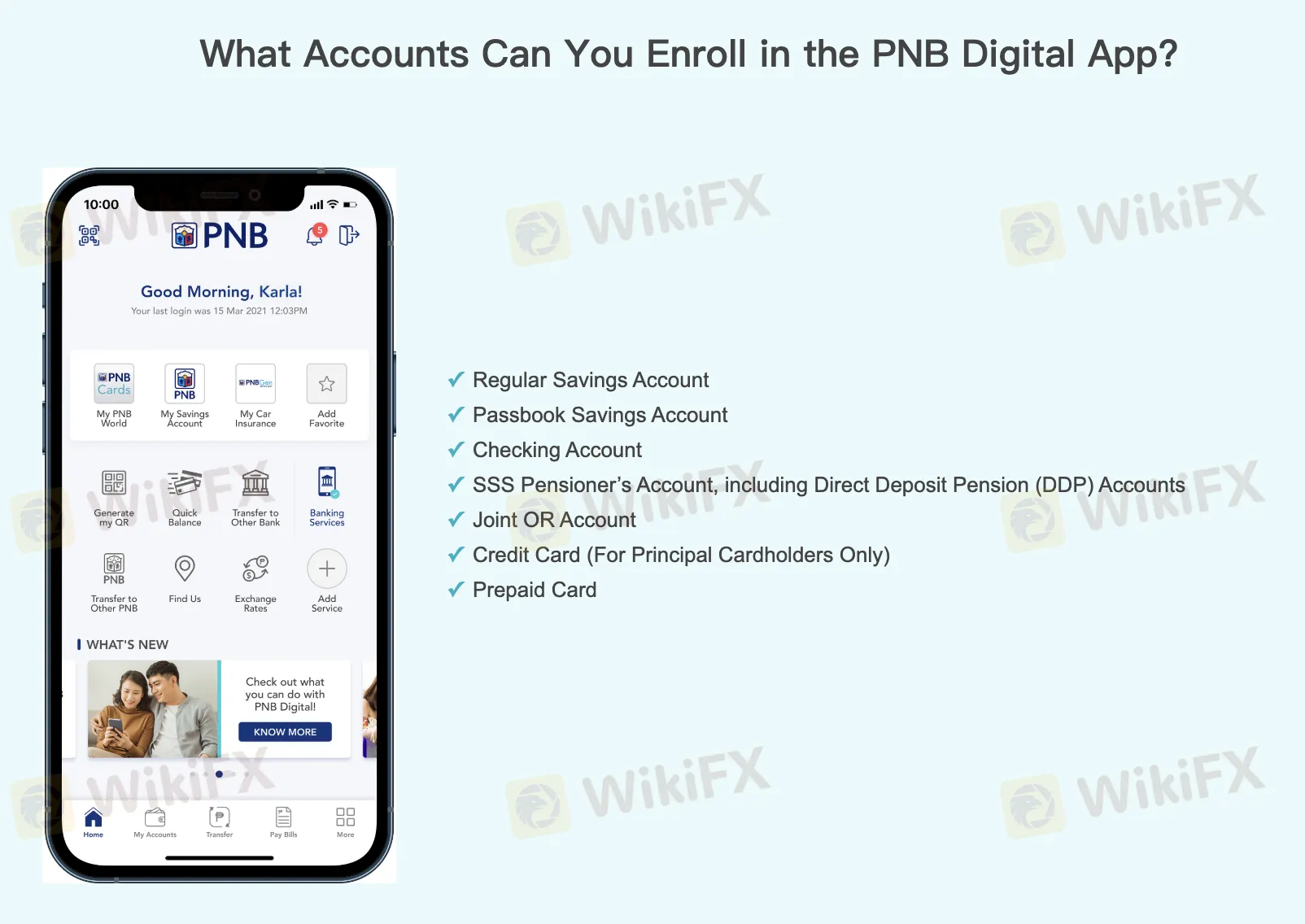

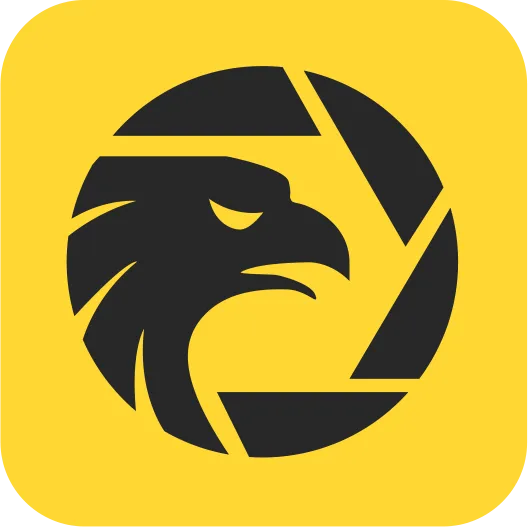
From my experience and careful review of the available information about PNB, it’s important to clarify that PNB operates primarily as a traditional and digital bank, not a specialized forex broker. Although they offer foreign currency accounts and some investment services, I could not find any detailed evidence that they provide true ECN or raw spread forex trading accounts in the way that major online forex brokers do. This distinction matters because, in standard forex industry practice, ECN or raw spread accounts typically charge a commission per lot traded, separate from the spread. For PNB, there is simply no mention of a commission structure per lot or any dedicated forex trading fees that would apply to ECN or raw spread accounts. The bank’s fee structure is focused on banking operations, such as foreign currency withdrawals, remittance, and maintenance charges, but not specialized trading commissions. This absence of detailed trading commission information strongly suggests that PNB does not support direct retail forex trading through an ECN or raw spread model where commissions per lot would apply. For me, this lack of transparency and regulatory oversight, coupled with the absence of industry-standard trading account types, makes PNB unsuitable as a primary venue for serious forex trading. I exercise caution and would recommend seeking a regulated, specialized broker if ECN trading and clear commission terms are crucial to your trading strategy.



In my experience as a trader exploring financial institutions, the account types offered by PNB reflect its primary function as a traditional and digital bank, rather than a dedicated forex broker. Their account options—namely Savings, Checking, Time Deposit, and Foreign Currency Accounts—each cater to distinct financial needs. The Savings Account is best suited for everyday savers looking for basic deposit functionality with an initial deposit as low as PHP 3,000. Checking Accounts, on the other hand, provide a checkbook and added payment flexibility, which is useful for individuals or businesses that frequently write checks or handle regular payments. Time Deposit Accounts are targeted at those who prefer secure, fixed-term savings with a predetermined interest, an approach typically favored by conservative investors aiming for predictable returns. The Foreign Currency Account stands out for me as it is specifically designed for individuals with international transaction requirements or those who want to hold funds in currencies other than the Philippine Peso. It's important to note that while these accounts serve various customer segments, none are specialized trading or margin accounts commonly found with brokers. There is also no mention of leverage or spread structures, which, from a risk and suitability perspective, indicates these offerings are not designed for active forex speculation. For traders, understanding these distinctions is critical, as the account type fundamentally defines the scope of available products, related costs, and the risk profile. I always emphasize diligence, especially given PNB’s lack of regulatory oversight, which demands extra caution and thorough understanding before engaging in higher-risk financial activities.


Based on my own careful research and firsthand evaluation, PNB is not overseen by any recognized financial regulatory body, either within the Philippines or internationally. Despite its long history as a major bank in the Philippines and its broad suite of banking and financial services, there is no evidence of regulatory supervision by authorities such as the Bangko Sentral ng Pilipinas (BSP), Securities and Exchange Commission (SEC), or established global regulators like the FCA, ASIC, or CySEC. For me as a trader, the absence of regulatory oversight is a significant red flag, especially when considering any platform or institution for forex or investment activities. Regulation is critical because it provides a framework for transparency, accountability, and customer protections—elements I rely on when evaluating the trustworthiness and safety of any broker or financial entity. Without official regulation, clients carry additional risks, such as limited recourse in case of disputes or malpractices. In my experience, I stick with brokers that can clearly demonstrate active regulatory licenses, as this underpins not just legitimacy but also the fundamental safety of my capital.


Based on my experience as a forex trader, I always prioritize safety and due diligence when choosing financial institutions and handling withdrawals. With PNB, I approach the process with particular caution due to its lack of regulation by Philippine authorities and absence of international oversight. While PNB is an established bank offering a range of financial and investment services, there is no explicit, detailed information available in the background about the precise documentation requirements for processing an initial withdrawal, especially for those seeking to move funds internationally or through different currencies. Generally, for a withdrawal from a bank account (as opposed to a regulated forex brokerage account), I expect to provide standard bank documents. This typically includes a valid government-issued photo ID, possibly my account number, and sometimes the original passbook or checkbook if withdrawing over the counter. If the withdrawal is being made online through the PNB Digital App, I would ensure my account and contact information are up to date, and be prepared for additional security verification. Given the complex fee structure and potential regional branch requirements listed, I would also recommend confirming all the specifics directly with PNB customer service before attempting a withdrawal. This helps ensure there are no unexpected delays or additional requests. I never risk large sums without first clarifying withdrawal processes, especially with institutions that do not hold formal regulatory licenses. For me, cautious verification is essential to safeguard my capital.



اكتب...


 TOP
TOP 

Chrome
ملحقات كروم
استعلام عن تنظيم وسيط فوركس عالمي
تصفح مواقع وسطاء الفوركس وتحديد الوسطاء الشرعيين والاحتيال بدقة

تثبيت الآن